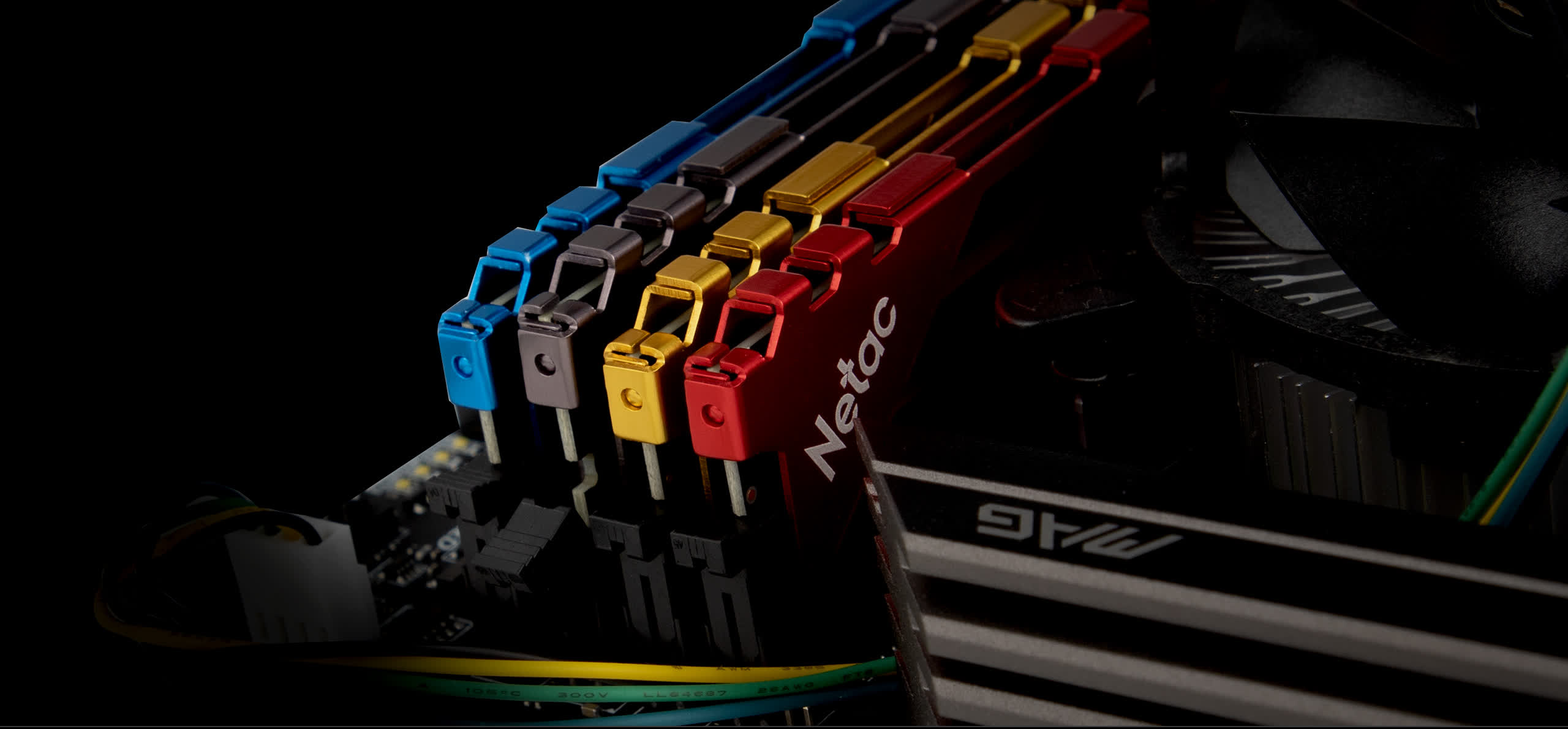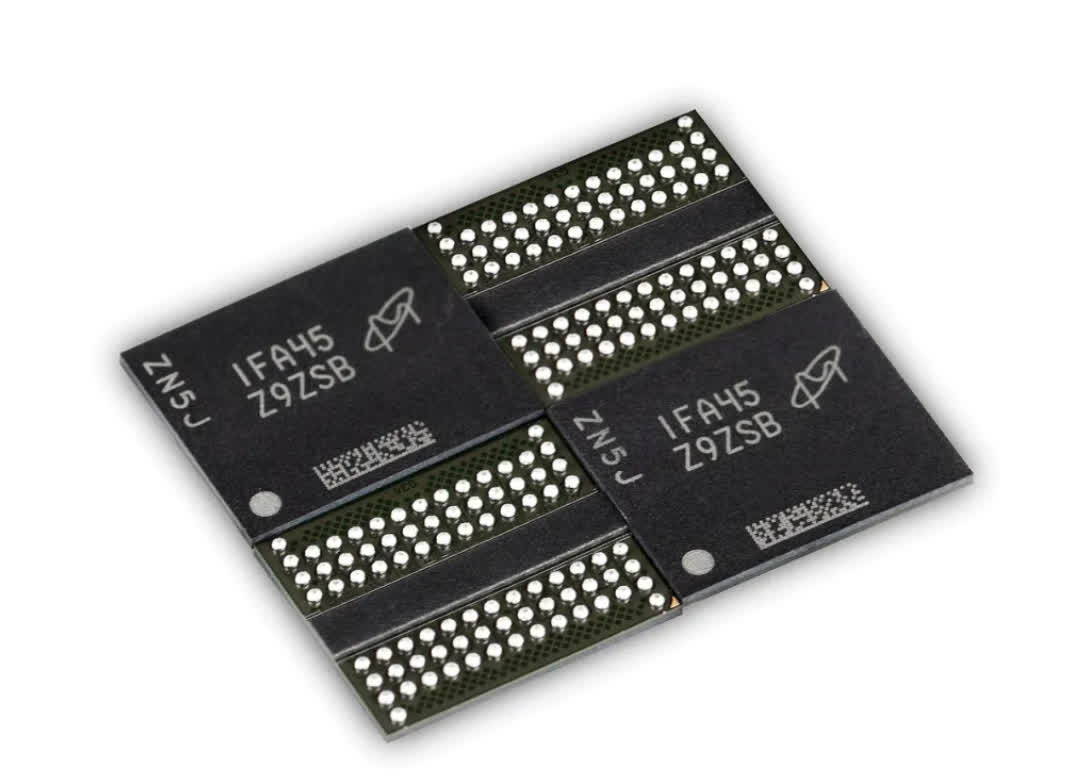Forward-looking: We still have to wait a bit more for the adoption of DDR5 as the new standard, but manufacturers are already hard at work on it. Micron, Samsung, Team Group, and SK Hynix are some of the companies known for developing DDR5 memory modules, but Netac is joining them with something new. The Chinese memory manufacturer plans to develop DDR5 memory modules clocked at over 10,000 MHz.

The DDR5 memory standard released by JEDEC set clock speeds between 4,800 MHz and 6,400 MHz, but SK Hynix and Samsung have already promised more than that. Samsung stated that its DDR5 memory would go up to 7,200 MHz, and SK Hynix went a step further claiming it would reach speeds as high as 8,400 MHz.
Netac, which has just announced that it received the first batch of DDR5 DRAM memory chips from Micron, plans to push DDR5 memory speeds even higher, going beyond the 10,000 MHz barrier.
The Micron chips Netac received have the IFA45 Z9ZSB FBGA code. According to Micron, these are engineering samples with the MT60B2G8HB-48B ES:A part number, featuring a 16 GB (2Gx8) capacity and 40-40-40 timings.

Considering Micron does not rate their chips above 6,400 MHz, Netac has quite the task in its hands. The Chinese manufacturer will have to increase voltages (VDD/VDDQ/VPP) considerably and loosen up timings to clock the memory at above 10,000 MHz.
Compared to DDR4, however, the achievement seems quite possible. DDR4's JEDEC standard speed is set at 2,133 MHz, but manufacturers released memory kits at more than double that, while professional overclockers even went above the 7,000 MHz mark.
Image credit: IT Home
https://www.techspot.com/news/89341-memory-maker-aims-develop-ddr5-modules-clocked-over.html